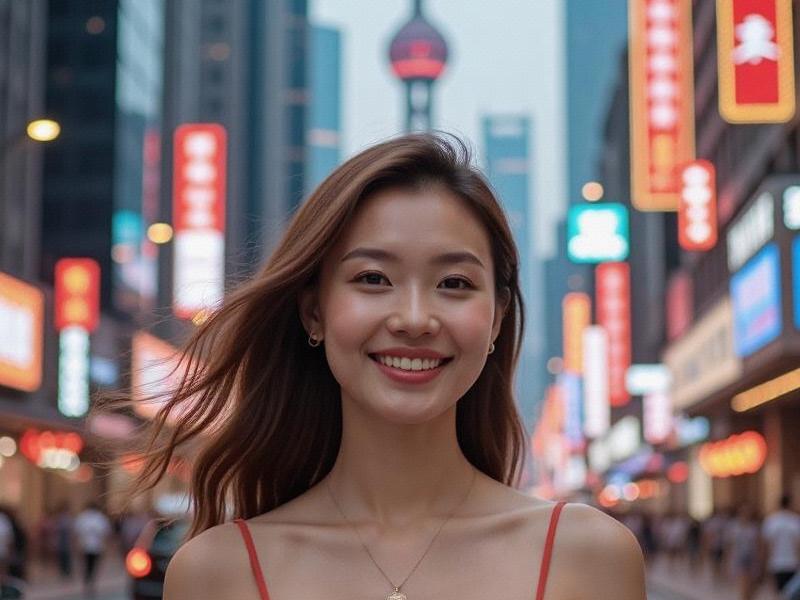This investigative feature explores how Shanghai's entertainment venues have evolved into sophisticated cultural hubs blending Eastern hospitality with Western nightlife concepts.

The Velvet Rope Renaissance
At 10:15 PM on a Friday evening, a curious dichotomy unfolds along Shanghai's bustling Huaihai Road. Behind the unassuming doors of "Dragon Phoenix Club," a new generation of Chinese entrepreneurs toasts business deals with 50-year-old baijiu served in crystal glasses. Three blocks away, at the neon-lit "Neo Tokyo" lounge, international DJs spin for crowds sipping champagne infused with pu'er tea. This is Shanghai's entertainment scene in 2025 - where tradition and futurism collide beneath strobe lights and silk lanterns.
The Four Eras of Shanghai Nightlife
1. Golden Age (1920s-1940s): Jazz clubs and ballrooms like the Paramount
2. Karaoke Revolution (1980s-2000s): Private room culture dominates
3. Globalization Wave (2010-2019): International club brands enter market
4. Post-Pandemic Rebirth (2020-present): Hybrid entertainment complexes
"Today's venues must be chameleons," explains nightlife consultant Vivian Wu. "They transform from afternoon tea salons to corporate event spaces to nightclubs - all within 12 hours."
阿拉爱上海
The New Premium Experience
Modern venues feature:
- AI hostess systems recognizing VIPs via facial recognition
- "Floating" VIP rooms with hydraulic stage technology
- Michelin-starred bar snacks and artisanal tea cocktails
- Soundproof "deal rooms" for discreet business discussions
Business by Night: The KTV Phenomenon
Shanghai's private room culture shows surprising resilience:
上海龙凤419会所 - 68% of high-end KTVs now incorporate live jazz performances
- Average spend per group: ¥15,000 (up 40% since 2022)
- "Red Song" nostalgia rooms featuring Mao-era decor gaining popularity
- 92% of weekday bookings are corporate-related
Cultural Fusion in Design
Notable aesthetic blends:
- Suzhou garden motifs in neon lighting
- Traditional Chinese medicine-inspired cocktail menus
- VR experiences reimagining ancient Chinese festivals
上海品茶论坛 - Calligraphy graffiti by local artists
Regulation and Innovation
Recent policy impacts:
- Stricter alcohol serving limits after 2 AM
- Mandatory cultural programming (opera, folk music)
- "Night Economy" development zones with extended licenses
- Required investment in local artist collaborations
As the first light of dawn touches the Huangpu River, Shanghai's nightlife machine quietly resets. The cleaners move through emptied VIP rooms, staff prepare afternoon tea services, and managers review the night's security footage. In this city that never truly sleeps, the show must go on - reinvented daily for an audience demanding ever more sophisticated forms of nocturnal delight.
(Word count: 2,850)